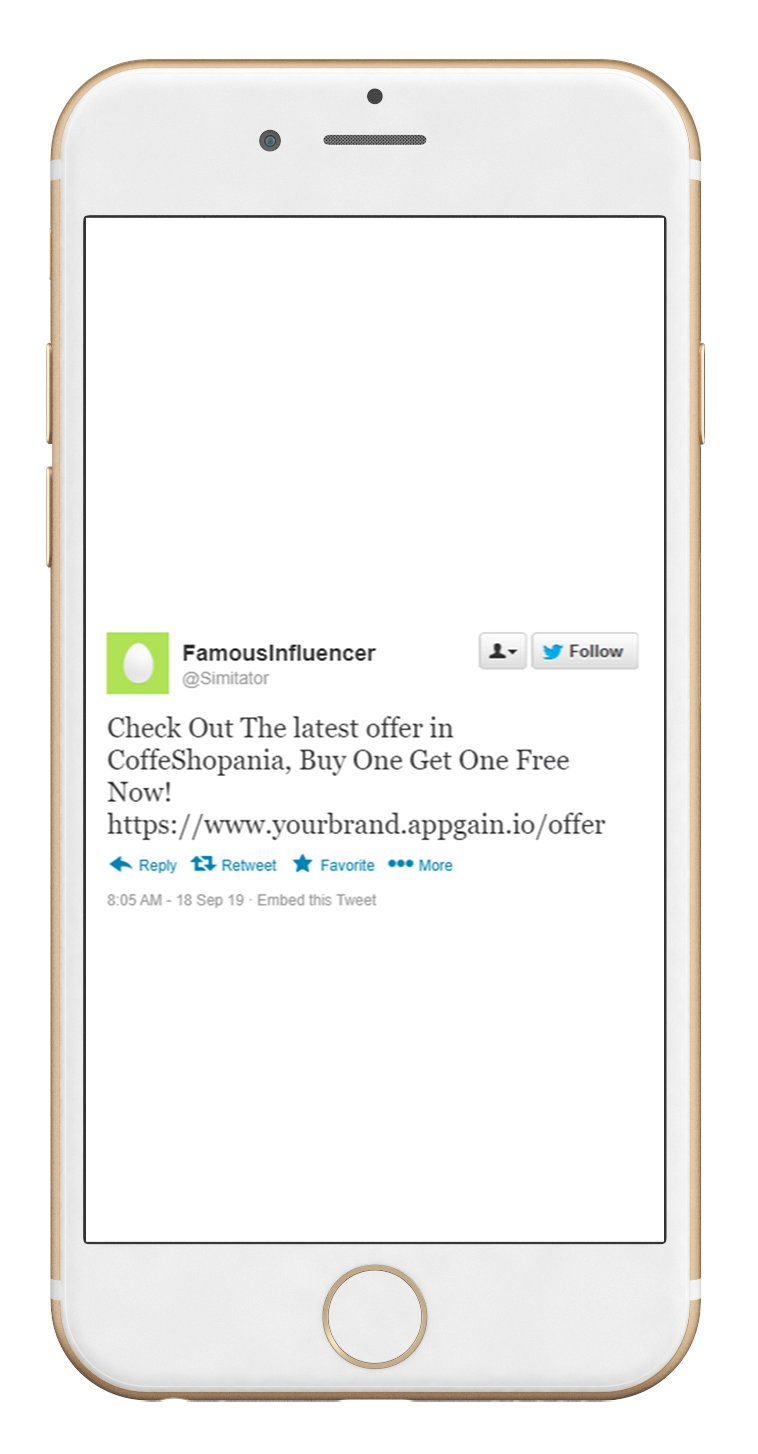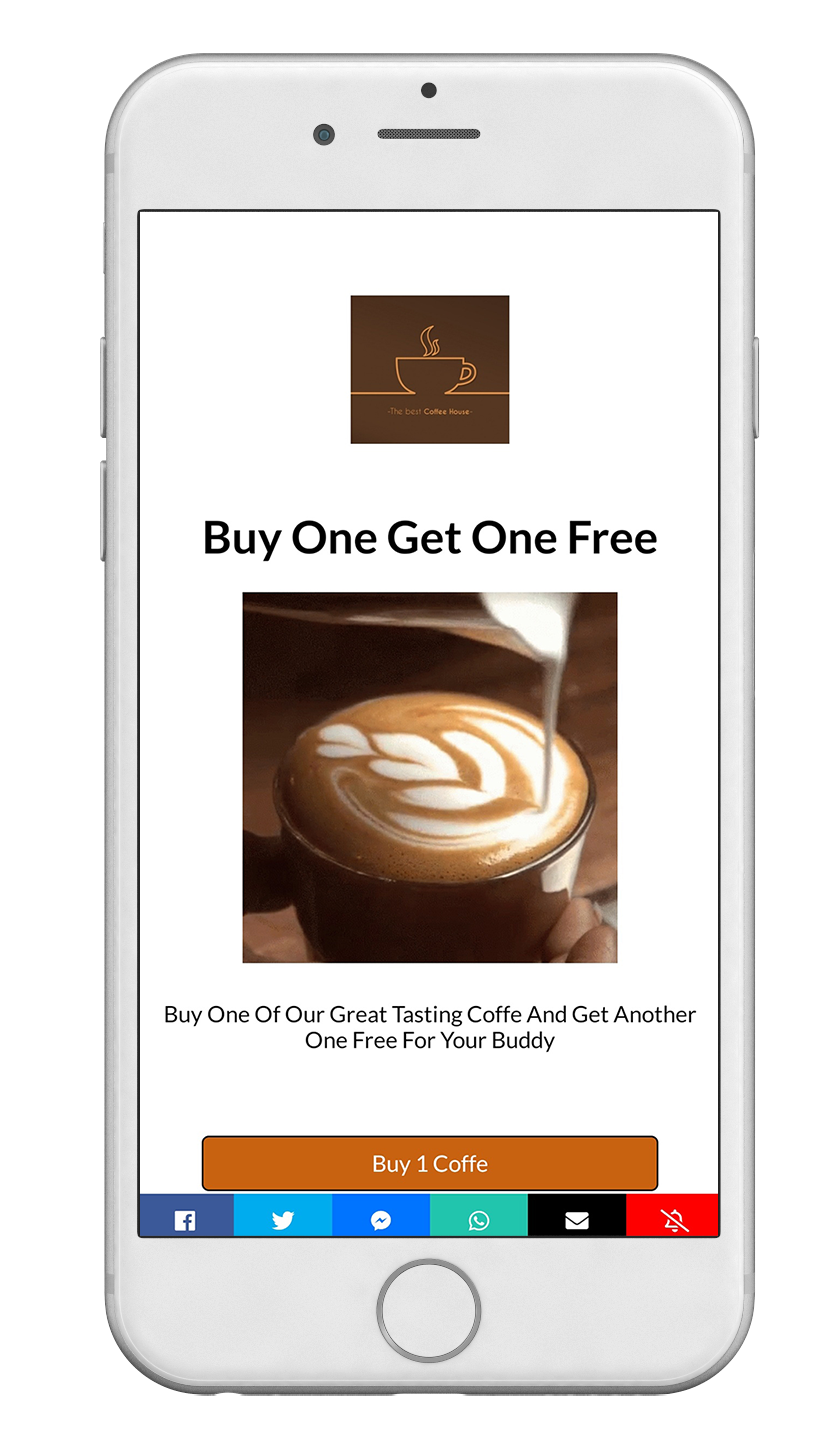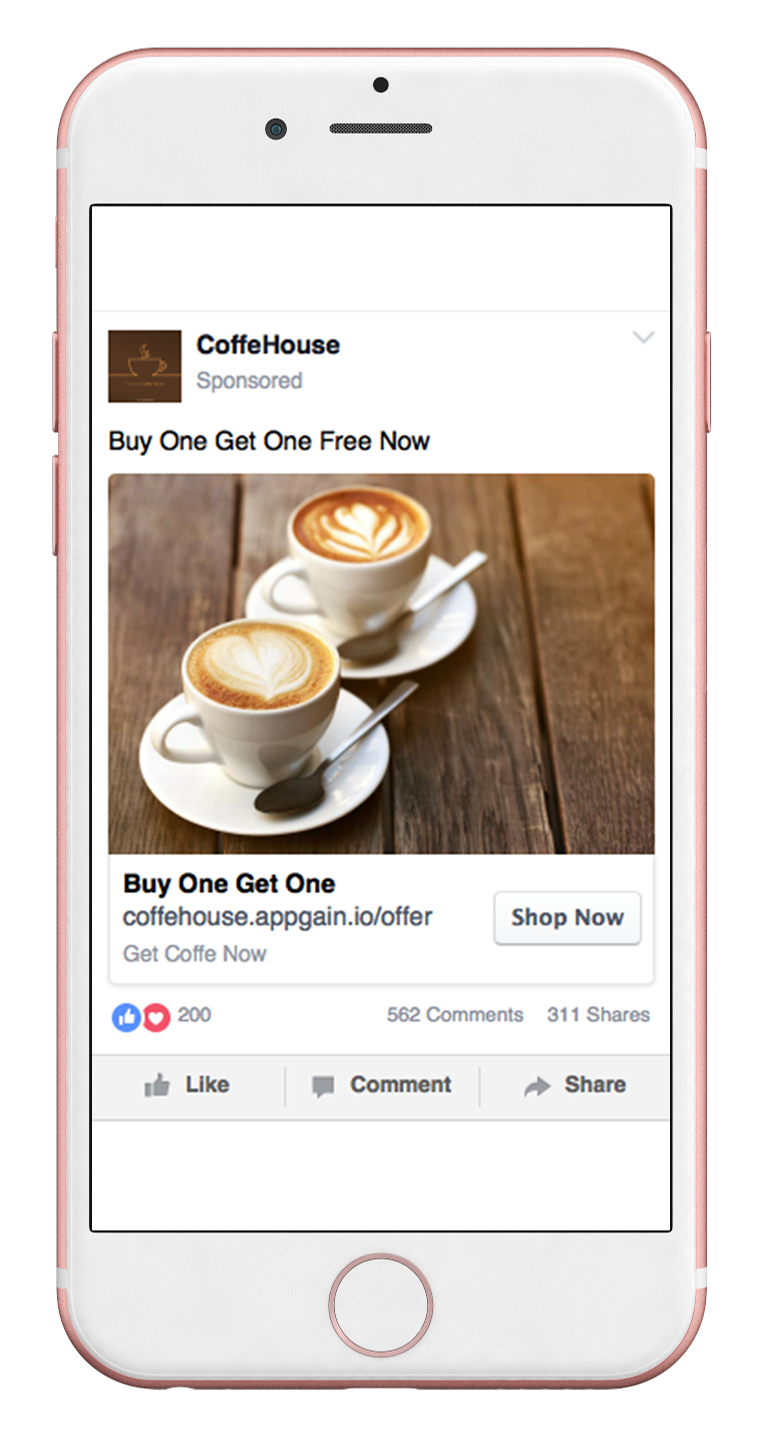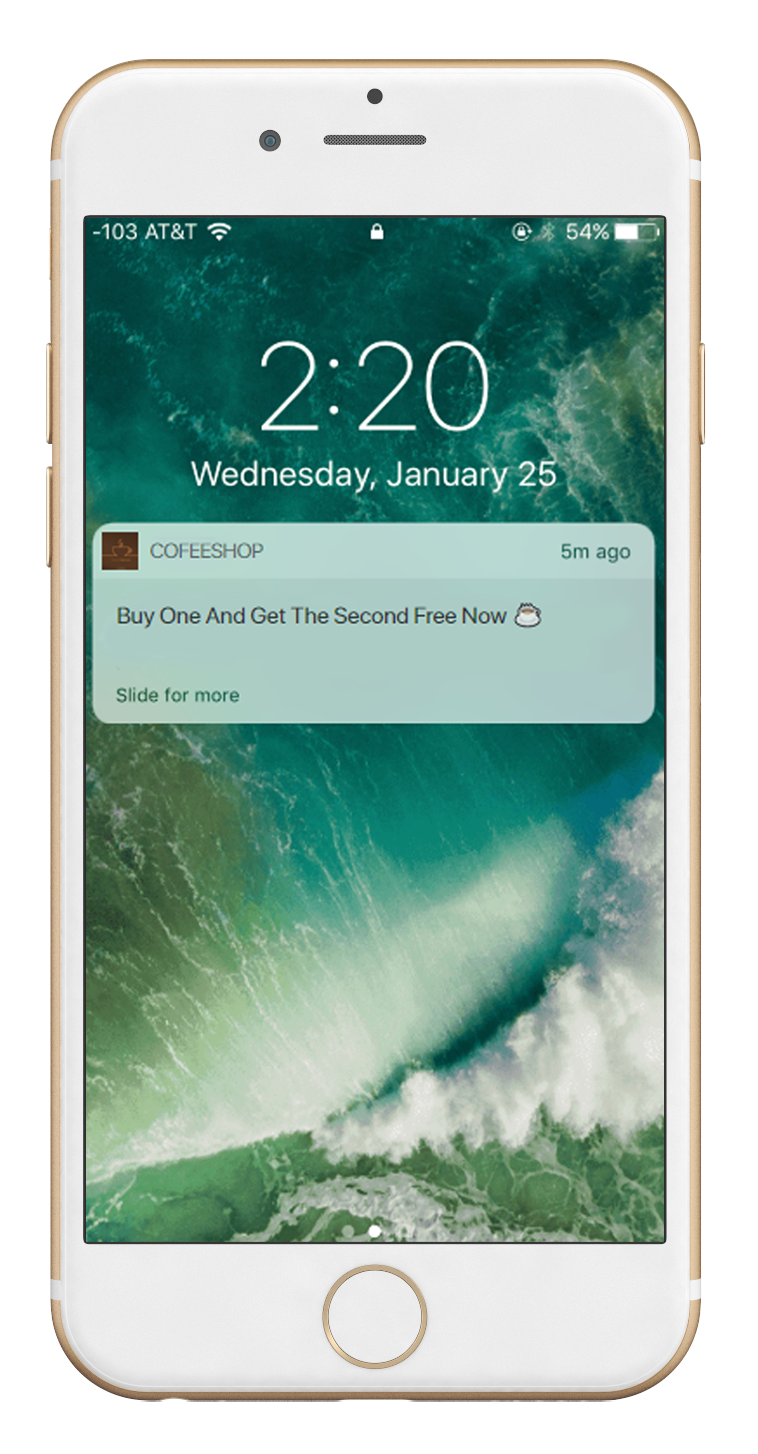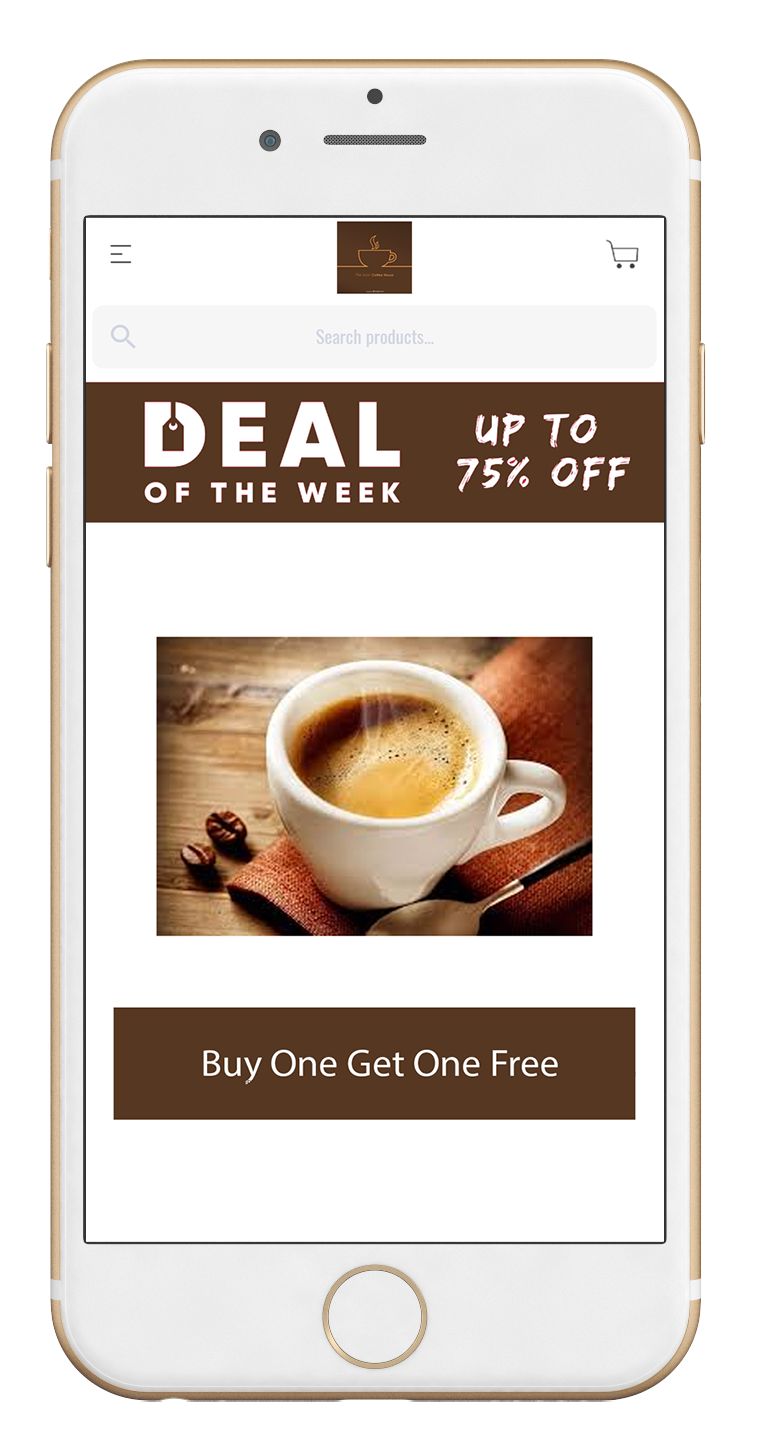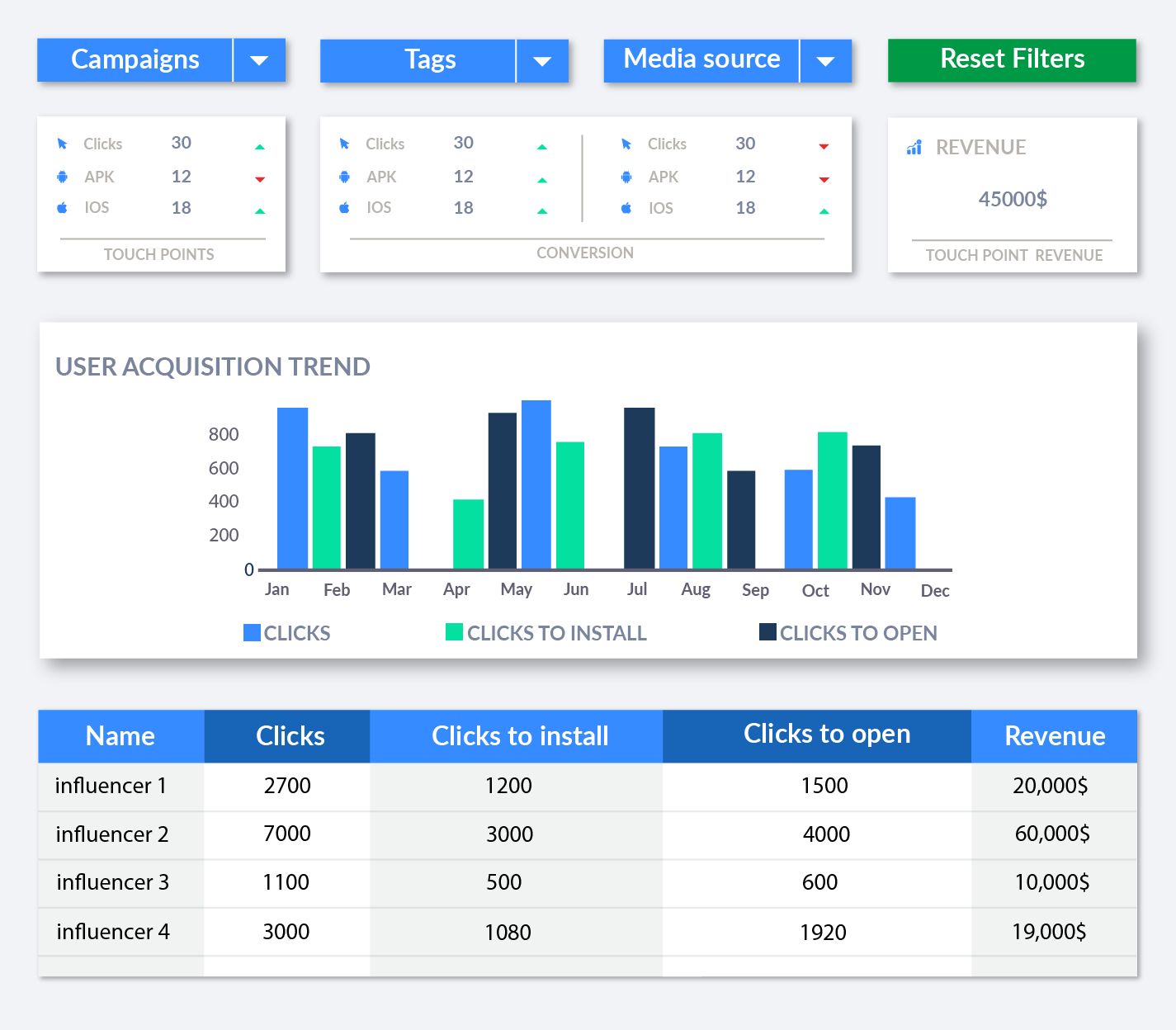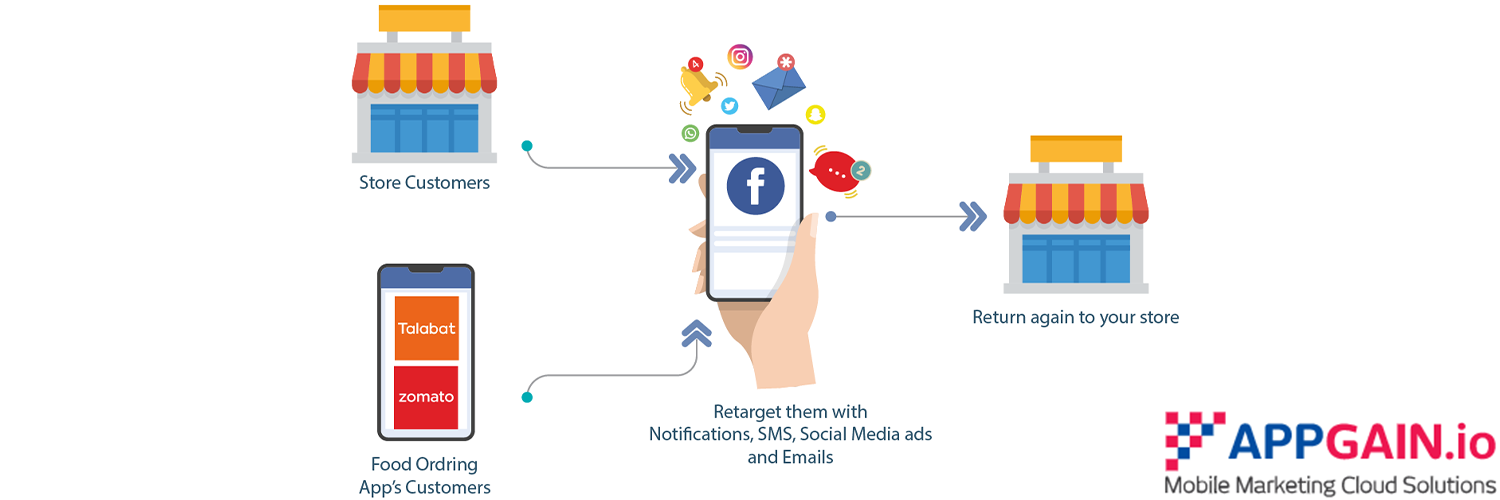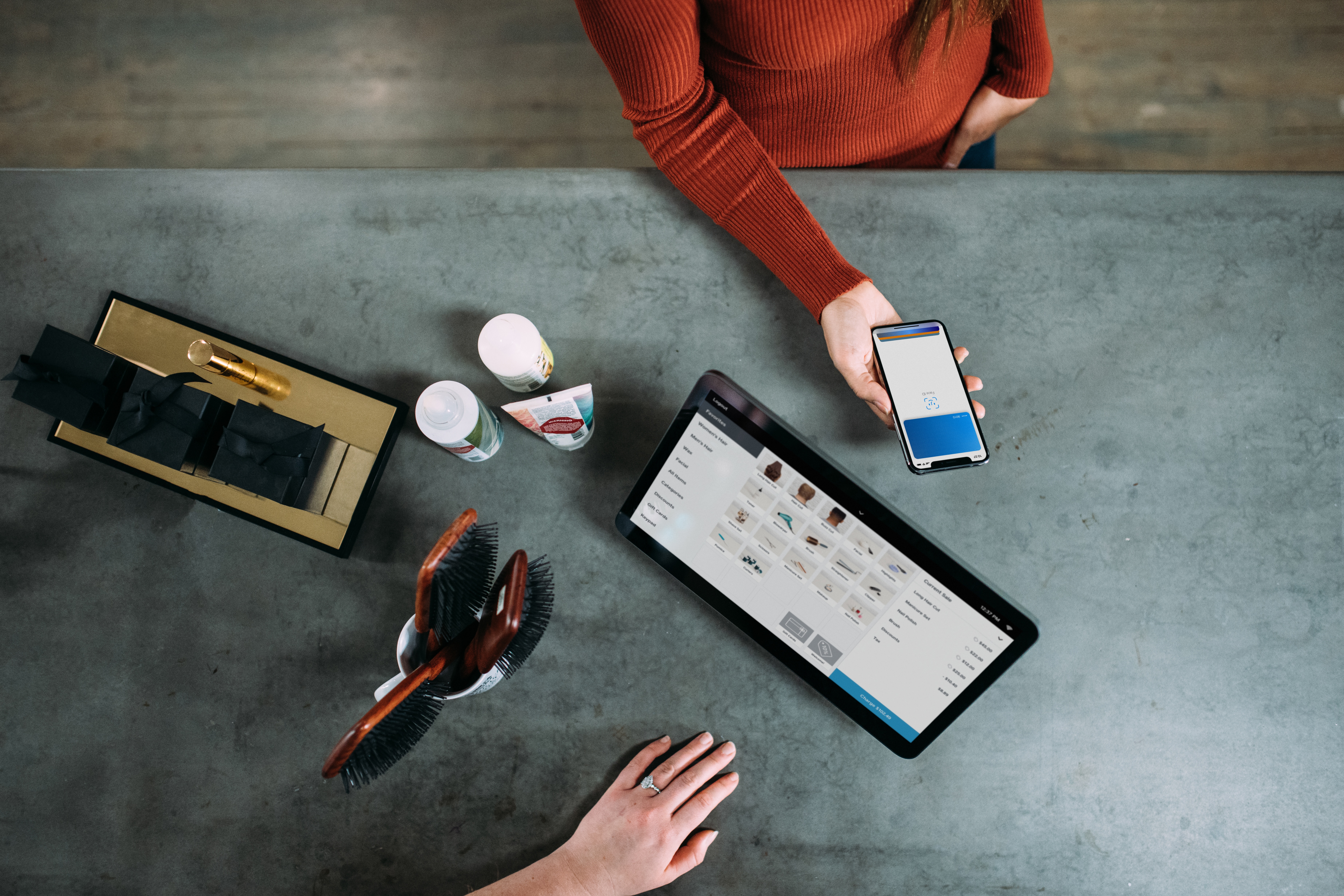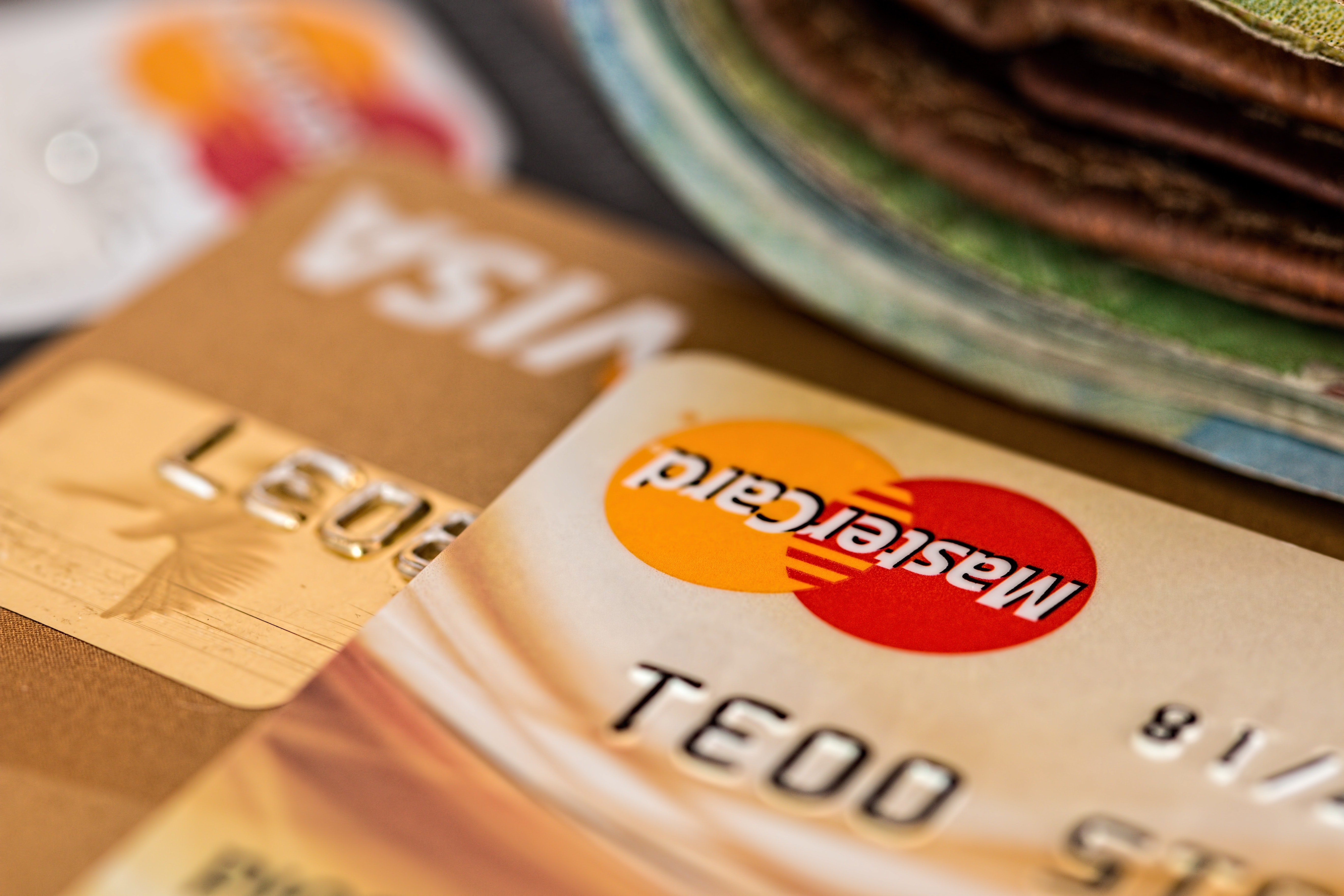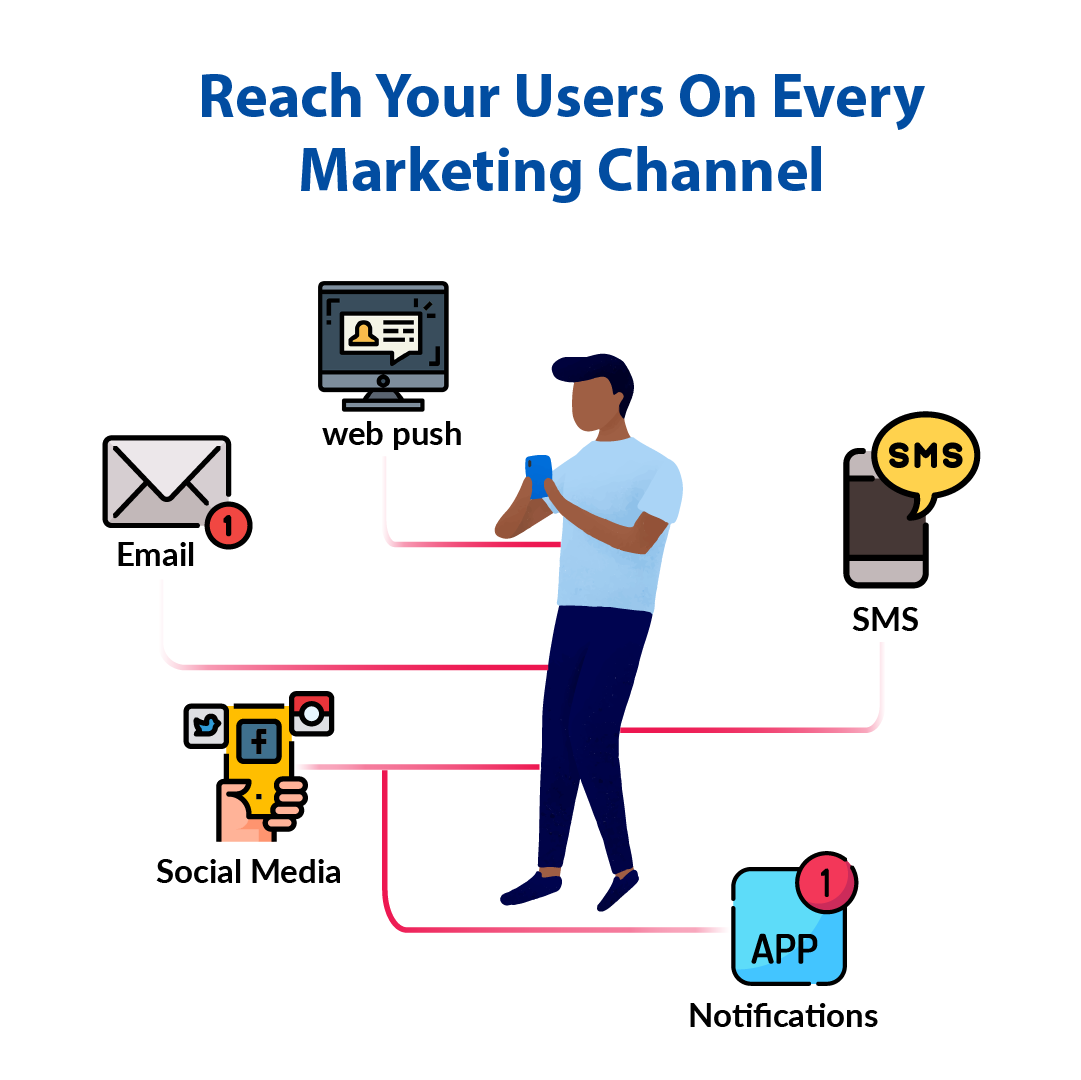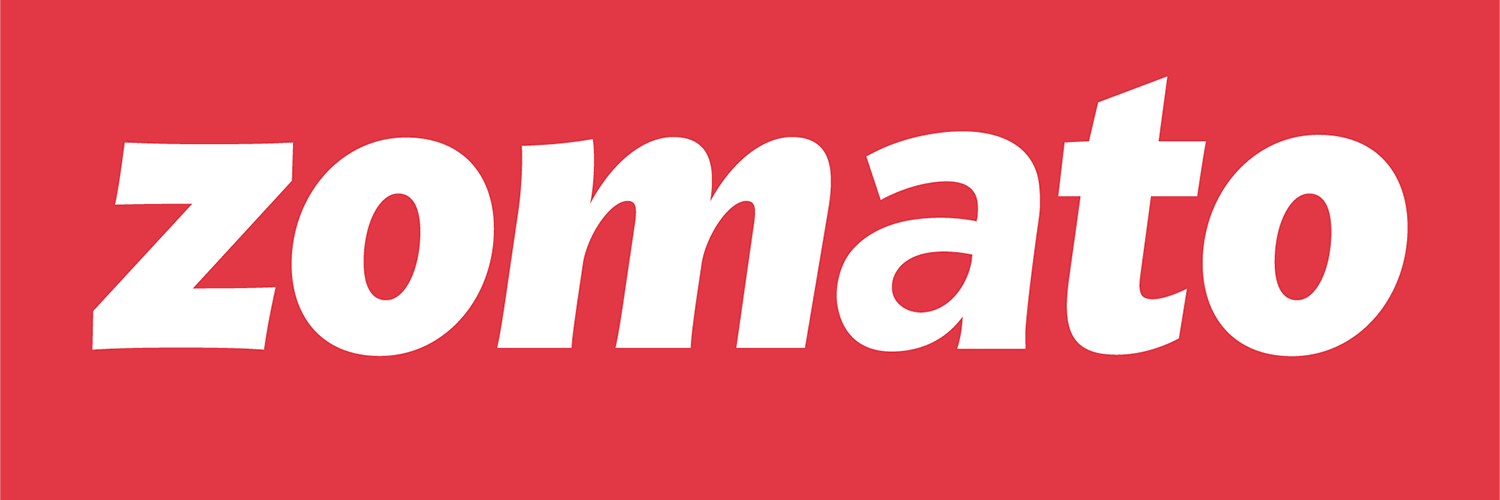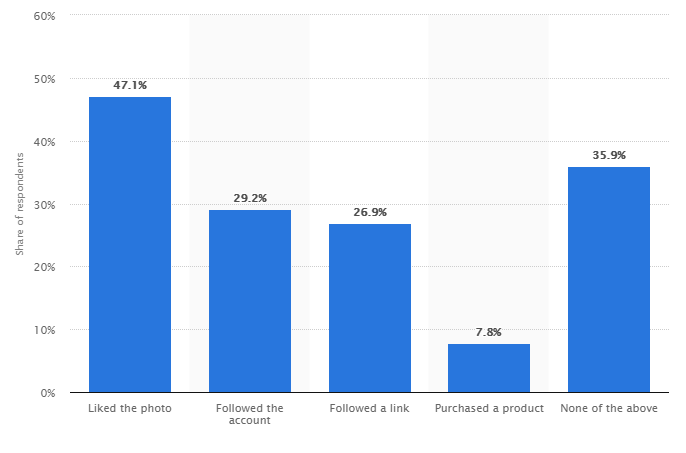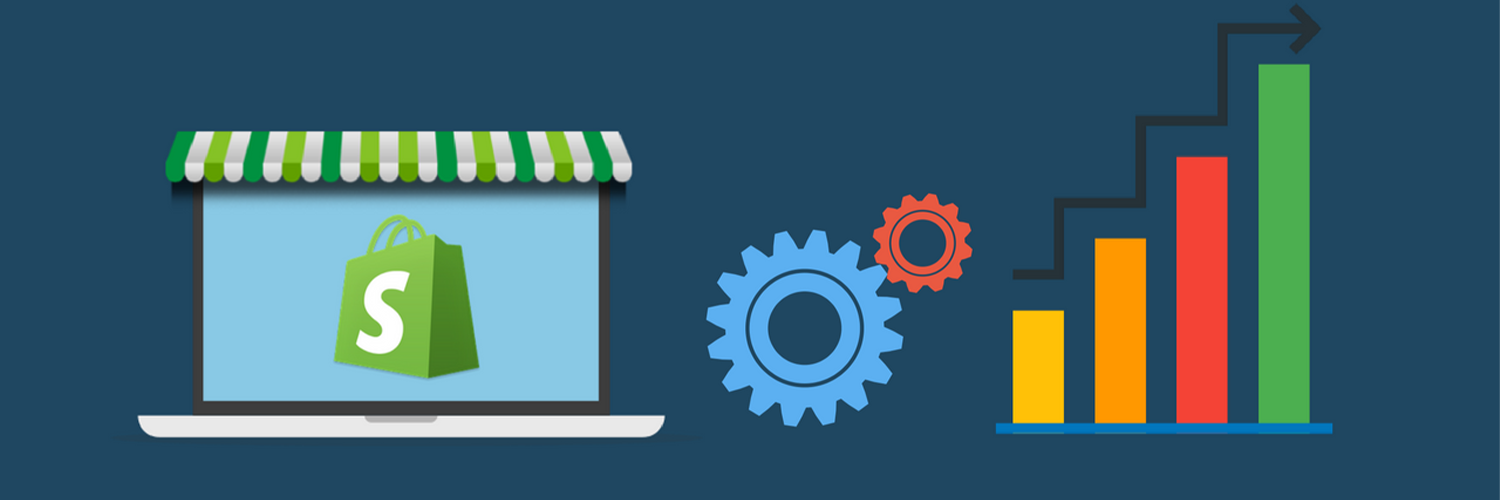In this blog, we’ll talk about restaurant marketing and how could automation help your business prospect without much work!
Marketing Automation In Restaurant Marketing
Restaurants are everywhere you go nowadays, selling all different kinds of food, and from all over the world.
It became an ordinary thing to find a Chinese restaurant in Brazil, for example, and it’s a good thing for restaurant marketing.
Simply because competition drives creativity.
But that expanding in restaurant businesses made everyone look the same.
And for small business and restaurant owners, it’s really hard to get creative while trying to figure out how to implement marketing automation in your business
That’s why in this blog, we come up with Top 5 Restaurant Marketing Ideas to use with your marketing automation workflow!
Use QR To Retarget Your Customers
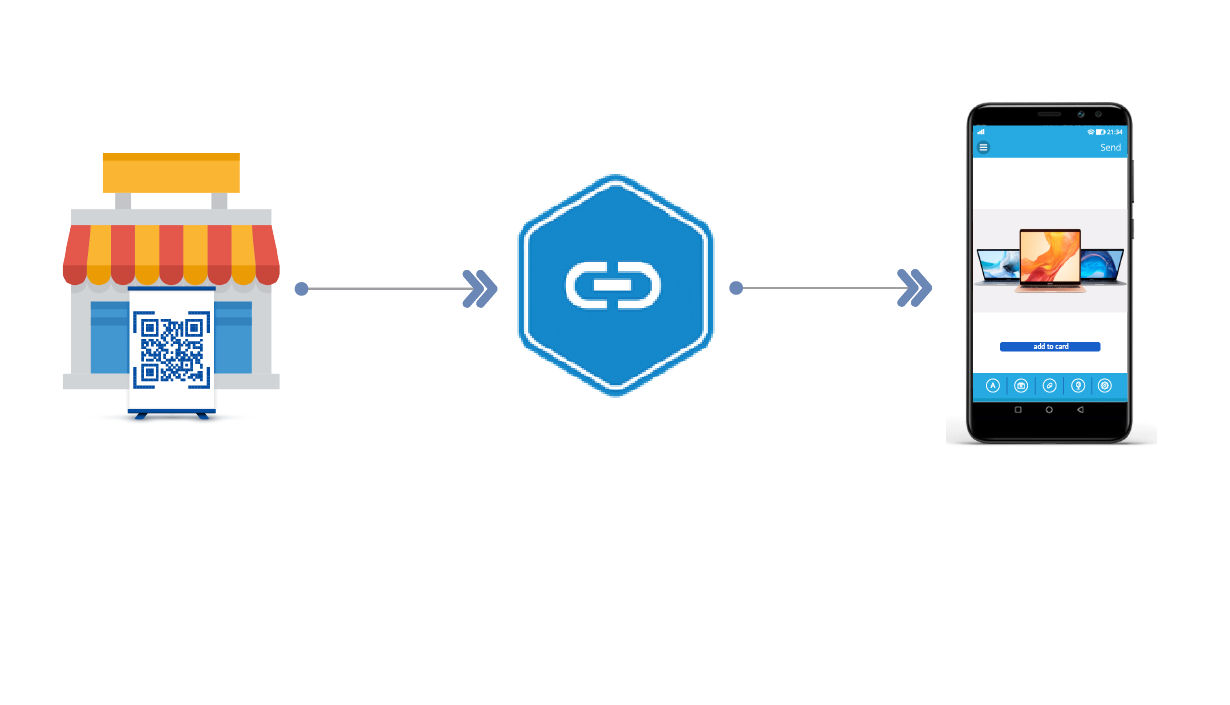
This idea is really easy to implement, all you have to do is to put some QR code in your store when people scan them it opens up a customized landing page.
On the landing page, you could show info about your restaurant or maybe some info related to their food, and then you could retarget them on social media!
You could also use the landing page as a lead magnet, just add a lead form for your users to keep up with your latest offers!
You also could make a check its recipe QR code for people to scan.
Not only you’ll be providing value but you’ll also establish your restaurant as different from other restaurants.
And make your restaurant marketing strategy superior!
Utilize Food Ordering Apps

Most of the restaurants are easily found on food ordering apps like uber eats, but the only problem is that these apps take a cut of your revenue.
But you could utilize those food ordering apps to fuel your growth.
All you need is to create a flyer with a QR for easy scanning and say something like “get your next order free when you order from us directly”
That way you’ve reached your customers but not only that, you could retarget them through Omnichannel marketing once they’ve opened your mobile landing page!
It’s quite simple, you’re already retargeting them on social media, now if they make an order you’ll have their number and name.
Customize your Omnichannel marketing campaign to be targeted to your customers!
And with that easy step, you’ll easily fuel your restaurant growth and set yourself apart from other restaurants.
You’ll also cut out the need for those food ordering apps because your customers will order directly from you!
Digital Invoices That Empowers Your Business Marketing Automation
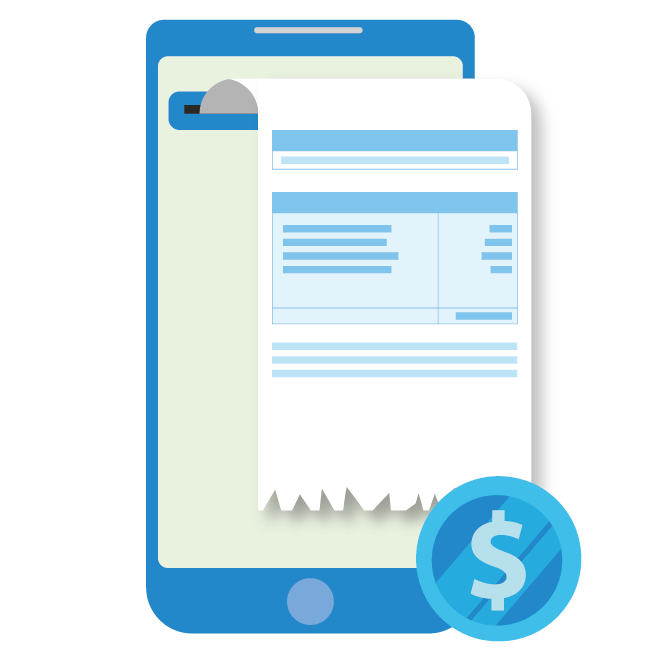
Invoices are a big part of your business because they keep you informed about your sales, growth, and all of the accounting stuff.
But with humans managing those invoices, you’ll have human errors, it’s human nature!
And paper while not expensive, it’s not cost-efficient either, and they get lost easily!
That’s why using digital invoices is crucial to your business and your restaurant marketing campaign!
Not only they differ you from other restaurants, but they’re also:
- Customizable
- Easy Integrated with your POS
- Automatic
- Credit Card Payment Ready
Have a quick look at our digital invoices solution!
Because the digital invoice is essentially a mobile landing page, you get all its features like customizable CTA, customizable template, social media retargeting, and more.
Utilize Your POS In business marketing automation
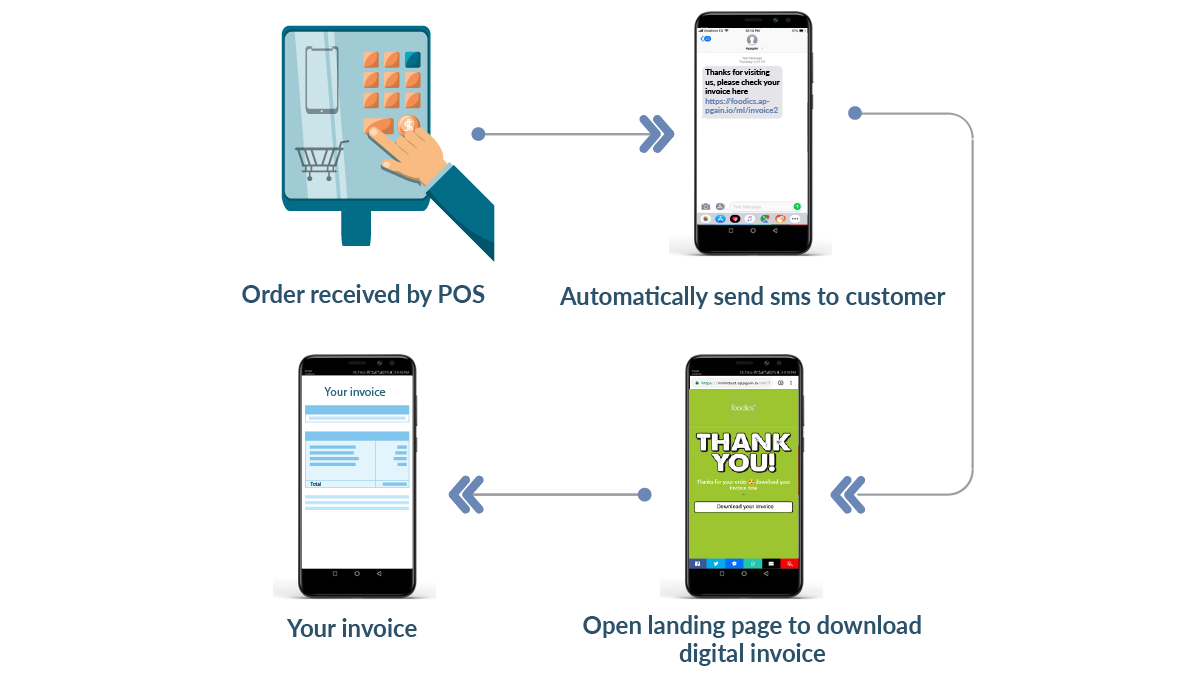
You probably have a POS that serves as a purchase point for your business.
But what you didn’t know about that you want to retarget your customers who purchase from you!
But how do you retarget them? It’s actually quite simple! All you have to do is to integrate Appgain’s solution within your POS.
Once it receives your customers’ data like name and number, it goes to work immediately!
Sending your customer a digital invoice with your purchase, as a mobile landing page!
Within the landing page, you could choose to retarget your customers via an omnichannel marketing campaign.
But omnichannel is not easy!
With Appgain you can get a much easier omnichannel option while not having to deal with multiple dashboards, it’s all in one dashboard!
You could customize our solutions to fit your restaurant marketing campaign
Let me give you an example:
When your users complete a transaction via your POS, for example, their data gets stored in your Appgain dashboard easily!
And he gets a digital invoice with his transactions on a mobile landing page.
Within the landing page, your user get tagged via social media pixels to retarget in a later stage
Not only that but you could retarget your customer with notifications even if you don’t have an application or a website!
Then you could retarget him on his social media like Facebook, Instagram, Twitter, LinkedIn, etc.
You also have the option to utilize SMS campaigns and email marketing campaigns as powerful options in your omnichannel marketing campaign! To know more about the SMS feature and its importance, you can visit our SMS product page.
Utilize Influencers in your business marketing automation campaigns

Influencer marketing isn’t a new thing, restaurants do it all the time, but how to know exactly how effective is your influencer marketing?
It’s actually easy, you could boost influencers marketing by sharing your mobile landing page.
That way you capture more leads through your page whether as a social media pixels that you could utilize in let’s say lookalikes on Facebook.
Or as Google search retargeting when they look up for restaurants near them.
That way you’ll be able to decrease your CPC and dominate SEM.
Conclusion
Hopefully, you’ve learned new ways of bringing more leads for your store.
Learning to utilize different marketing channels and creating new innovative ideas out of normal old ideas!
Boost Your Restaurants Sales
So we’ve talked about how you could use our solutions to help your business achieve more revenue.
Still, got questions? Do not hesitate to reach out and Contact Us! Request Demo now.


